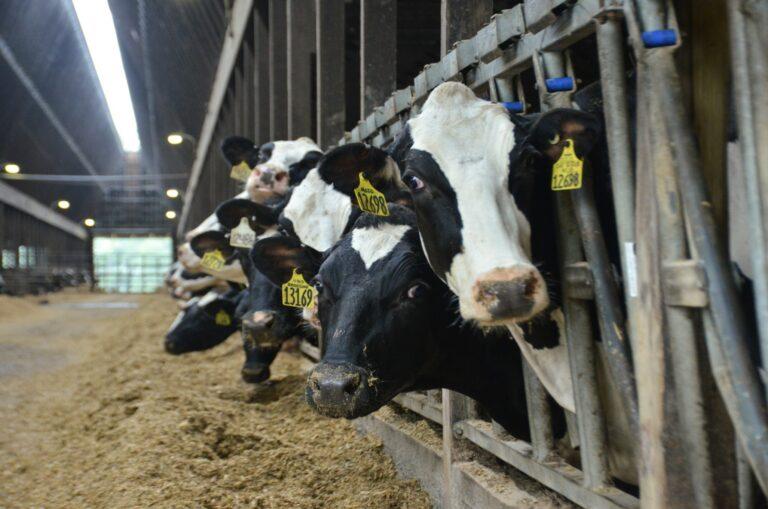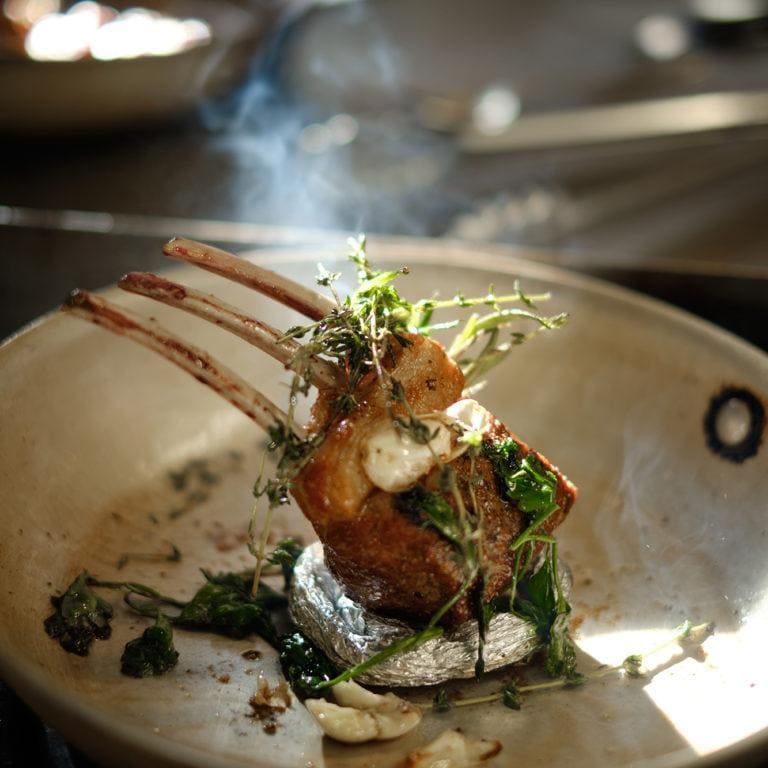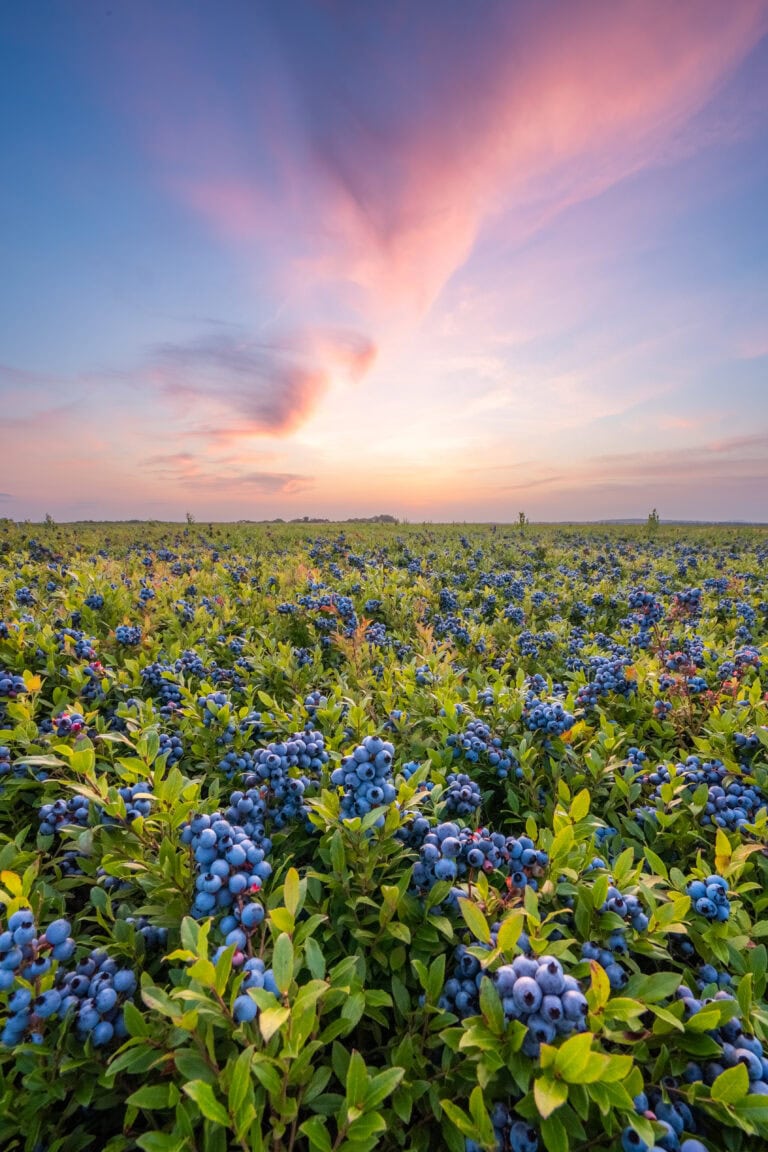I cooked triggerfish for the first time in March at a food and wine festival in Charleston, South Carolina. A tropical species typically, this fish has a flat, upright body, funky eyes, and a strong dorsal fin that folds down when triggered. It’s not a classically pretty fish, but dashed with Cajun seasoning and blackened, it’s certainly a delicious one!
Two weeks later, while attending a climate change symposium, I heard a tale about lobstermen finding triggerfish in traps off the Massachusetts coast. While the report was surprising, the fact that more southern seafood species are making their way north is not. As the Gulf of Maine warms faster than 97% of all other oceans, more warm-water species will move in, at the risk of pushing some native species out.
Black sea bass, a mid-Atlantic species, has been showing up sporadically in Maine lobster traps for at least 15 years. But retail availability is still catch as catch can. Regulators, since 2014, have allowed a commercial harvest, but the black sea bass harvest is tiny.
Adam Baukus, sustainable seafood project manager at Gulf of Maine Research Institute, expects black sea bass to become more popular in Maine in the next five years. “Supply needs to be consistent … so businesses can do more than a one-off promotion,” he says.
Harbor Fish Market in Portland and Scarborough sells black sea bass mostly from New Jersey and Rhode Island. “The biomass is getting bigger and bigger. If they become more plentiful up here, with more people selling it, the market will grow,” says co-owner Mike Alfiero.
Both longfin and shortfin squid—the latter is sweeter and offers more calamari rings per pound—are typically found off New Jersey, Rhode Island, and Massachusetts. They have been showing up intermittently on Midcoast Maine shores, too, even with no consistent squid harvest. The state had abundant harvests in the late ‘80s, ‘90s, and early 2000s, but those boom years were followed by slim harvests. Alfiero hopes to have some locally caught squid for sale this summer.
Blue crabs are also on our doorstep, with sightings on the rise for five years. Their typical range is the Gulf of Mexico to Cape Cod. Scientists at the Wells National Estuarine Research Reserve have tracked the steady influx along Maine’s southern coastline since 2020. A critical question is whether the water has become warm enough for blue crabs to spawn here. Once that happens, the population will skyrocket.
The ecological impact of these species coming into Maine waters won’t be evident for years. But we do know black sea bass eat larval lobster. Blue crabs pretty much eat everything. And triggerfish love crustaceans.
The good news for seafood lovers is that these species are delicious! As they become more abundant, Maine consumers will get to enjoy them and help keep their populations in check. Watch for that blackened triggerfish special appearing on a menu near you, and be sure to order it.














